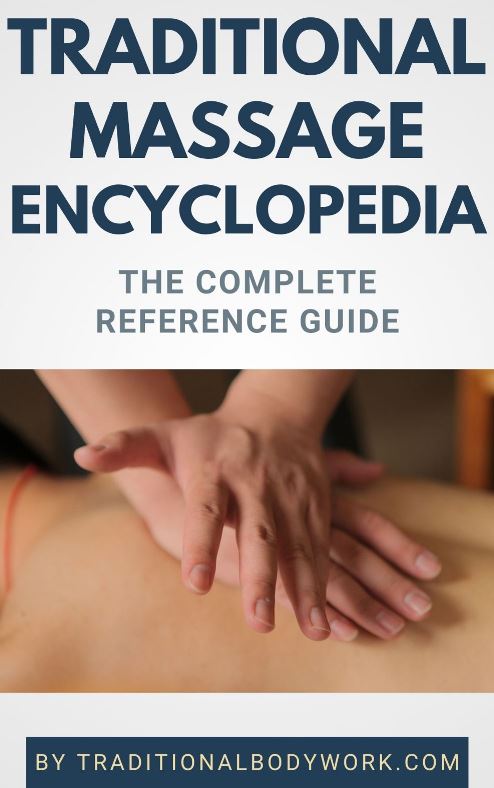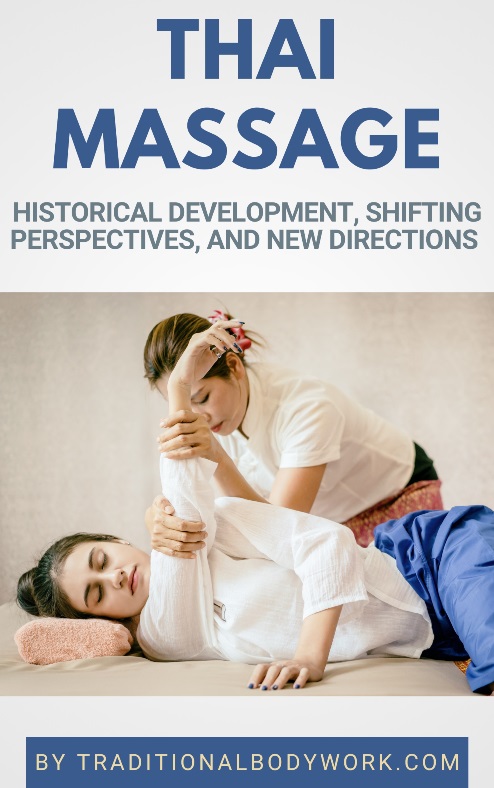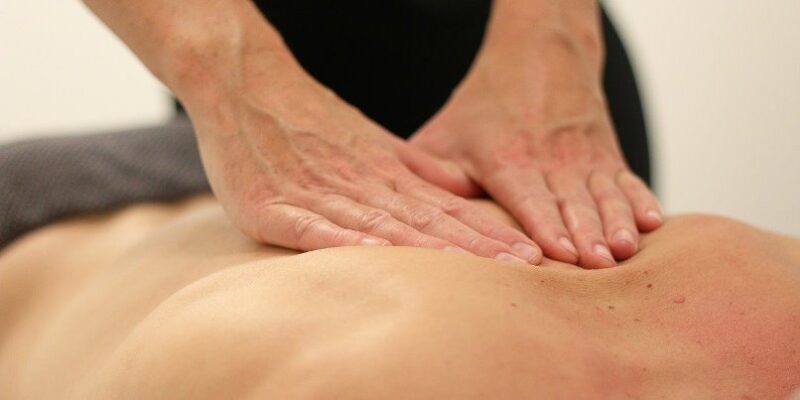
When we think about massage, we would usually associate it with stress relief and relaxation for both body and mind. And it’s true that all types of massages typically (also) result (or aim) in doing just that.
Nevertheless, there’s a difference in a massage session that aims at relaxation only, and one that has its focus on solving specific health issues, such as low back pain, infertility, a frozen shoulder, or emotional trauma, to give some examples. When a session aims at healing certain pathologies, we would say that a session is of a therapeutic nature instead of serving relaxation or perhaps pleasure purposes.

It’s worth to remark here that most massage treatment modalities can be used to be rather for relaxation purposes or for giving therapy. That is, we can have a relaxing Thai Massage or a therapeutic Thai Massage, a relaxing Swedish Massage or a therapeutic one, and so on.
In general, we could say that a therapeutic massage goes deeper, is more focused on resolving a health problem, is more intense, often takes longer (or requires more sessions), and asks more energy and dedication from both the receiver and giver.
Yet, in a world where we increasingly “beautify” things, stuff, roles, experiences, and happenings, giving massage has become almost synonymous with giving therapy. This can result in some confusion about the differences between relaxation massages (or relaxing massages) and therapeutic massages. But let me explain this.
You see, today, notably in Anglo-Saxon countries, like the USA, UK, Canada, Australia, and New Zealand, and such, anyone who practices massage has gotten the title massage therapist bestowed on him or her. It means that there are no masseurs or masseuses, only therapists. We don’t give a massage, no, we give massage therapy.
We need to see this development in the same context as a cleaning lady or guy who has become a Domestic Service Technician, a car cleaner who has become a Car Care Professional, and a data entry office worker who is now a Data Management Assistant.

Nonetheless, whatever title we give to a job or profession, that doesn’t change the actual activity done. Thus, a so-called massage therapist can give (or can only give, depending on their education) a relaxing massage or a therapeutic massage. For clients it’s important to understand that a massage therapist is not necessarily capable of giving actual therapy. In fact, the majority of massage “therapists” have learned to give relaxation massages only. That sounds paradoxical, and indeed, it is paradoxical.
On the other hand, it’s also very much true that giving a relaxing massage is in itself a kind of therapy. If, after or during a massage session, the receiver experiences stress and anxiety relief, calmness, peace, happiness or feels invigorated and energetic, well, that’s also something very important.
Regularly receiving relaxation massages can prevent a whole lot of discomforts and diseases. As it is, we all know what stress can do, not only with our mind, but also with our bodies. Seen in this context, we might say that the title massage therapist is not so bad after all. Perhaps the real issue here is knowing what kind of massage therapy a certain “therapist” is able or capable to give and not so much the difference between relaxing and therapeutic massages.
















